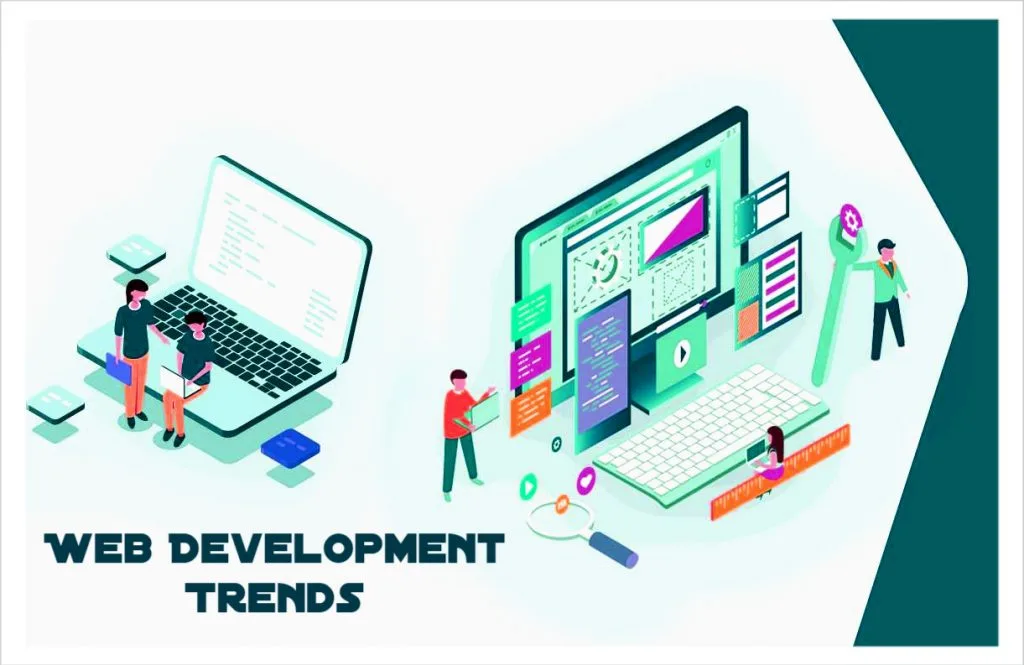According to web development landscape, frontend development tools are vital for creating engaging and effective user interfaces. With rapid technological advancements and rising user expectations, developers must utilize powerful tools to build dynamic and high-performing websites. This guide highlights the essential front-end development tools for 2024, from frameworks and libraries to optimization and design tools. Explore how these resources can enhance your development process and improve your project outcomes.
What is Frontend Development?
Frontend development refers to the practice of building the user-facing portion of websites and applications. This involves creating the layout, design, and interactive elements that users engage with, using technologies like HTML, CSS, and JavaScript. Frontend developers focus on crafting visually appealing, responsive, and user-friendly interfaces that provide a seamless experience across different devices and browsers. To achieve this, they rely on various front-end development tools designed to enhance productivity, maintain code quality, and streamline the development process.
What are the Top Frontend Development Tools?
As the demands of modern web development evolve, so too does the array of tools available to front-end developers. Here’s a look at some of the most essential frontend development tools in 2024:
1. Front-end Frameworks
Front-end frameworks have become essential tools, offering a set of files designed to style and structure websites. These frameworks provide pre-built components like navigation menus, buttons, and typography, allowing you to avoid the time-consuming task of coding these elements from scratch, include:
- React
- Angular
- Vue.js
2. JavaScript Libraries
JavaScript libraries are essential front-end development tools that simplify complex operations and save time. Key libraries include:
- jQuery
- Lodash
3. Text Editors and Integrated Development Environments (IDEs)
Efficient coding requires robust frontend development tools like text editors and IDEs, such as:
- Visual Studio Code
- Sublime Text
- Atom
4. Version Control Systems
Version control is crucial for tracking code changes and collaborating with other developers. Key front-end development tools in this category include:
- Git
- GitHub
- GitLab
5. Package Managers
Package managers automate the installation and management of software libraries. Important frontend development tools here are:
- npm (Node Package Manager)
- Yarn
6. Task Runners
Task runners are tools that automate repetitive tasks in the development process, making it easier and faster for developers to manage their workflow. These tasks might include minifying files, compiling Sass or LESS into CSS, optimizing images, and running tests. By using a task runner, developers can streamline their projects, ensuring that these routine tasks are handled efficiently without manual intervention. This automation helps maintain consistency across the project and reduces the chances of errors, allowing developers to focus more on coding and less on managing processes.
Popular frontend development tools include:
- Gulp
- Grunt
7. CSS Preprocessors
CSS preprocessors are tools that extend CSS with additional features like variables, nesting, and functions, making it easier to write and manage complex stylesheets. They allow developers to write more organized and maintainable code, which is then compiled into standard CSS that browsers can understand. Popular preprocessors include Sass and LESS.
Essential frontend development tools in this area are:
- Sass
- LESS
8. Performance Optimization Tools
Performance optimization tools are designed to improve the speed and efficiency of websites by analyzing and enhancing various aspects of web performance. They help identify issues such as slow load times, large file sizes, and inefficient code, and provide recommendations or automated fixes to address these problems.
- Google Lighthouse
- Webpack
9. Responsive Design and Testing Tools
Ensuring that websites are responsive is a must, and these frontend development tools are vital:
- Bootstrap
- Foundation
- BrowserStack
- Responsinator
10. Graphic and Design Tools
Frontend developers often work closely with designers, making these frontend development tools essential:
- Adobe XD
- Figma
- Sketch
11. Code Quality and Testing
Maintaining high code quality is crucial, and these frontend development tools help enforce standards and run tests:
- ESLint
- Prettier
- Jest
- Mocha
12. API Development and Testing
APIs are integral to modern web applications, and these frontend development tools assist in their development and testing:
- Postman
- Swagger
13. Accessibility Tools
Accessibility tools help ensure that websites and applications are usable by people with disabilities. They identify and address issues related to web accessibility, such as color contrast, keyboard navigation, and screen reader compatibility. These tools, provide insights and recommendations for making web content more inclusive and compliant with accessibility standards.
- axe
- Wave
Wrapping up
The landscape of front-end development is vast and ever-evolving. Staying up-to-date with the latest front-end development tools is essential for developers who want to create efficient, high-quality, and user-friendly websites and applications. By mastering these tools, developers can enhance their productivity, ensure code quality, and deliver exceptional user experiences in 2024 and beyond.

